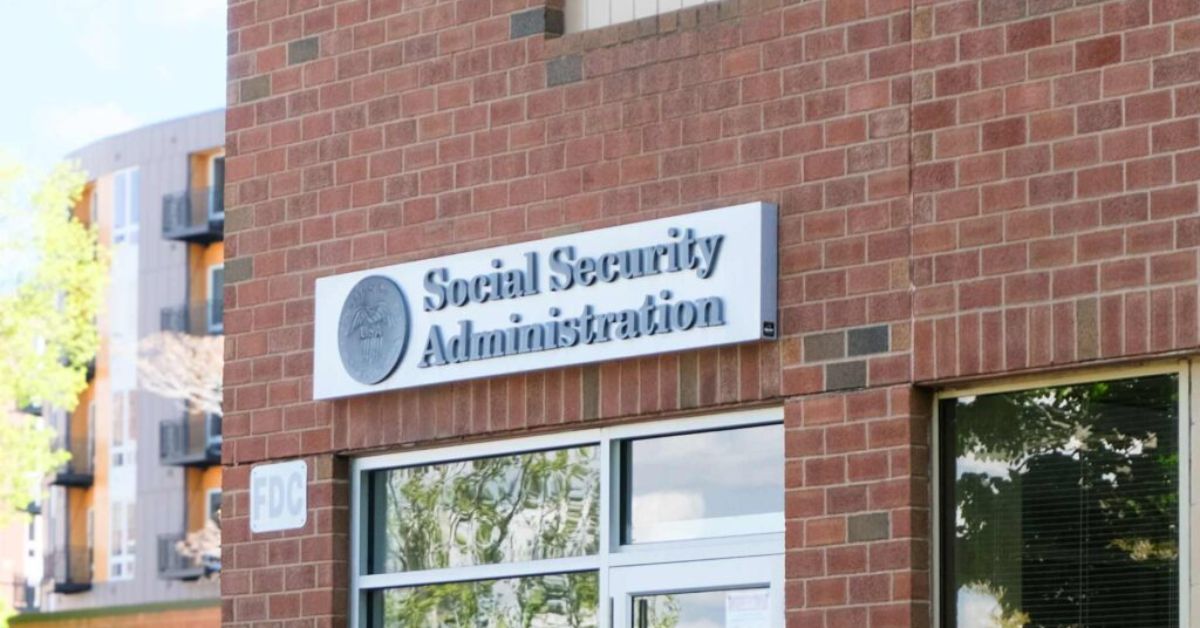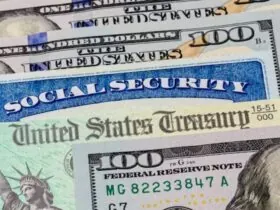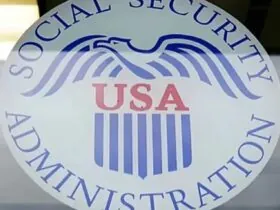Recently, National Public Data (NPD) made headlines due to a significant data breach that has compromised the personal information of billions of Americans. This breach, which took place late last year, has only recently come to public attention. NPD acknowledged on its website that there were “potential leaks of certain data in April 2024 and summer 2024,” raising concerns about the vast amount of sensitive information at risk. The breach reportedly includes data spanning over three decades, including highly sensitive information like Social Security numbers (SSNs).
How to Check if Your Information Was Compromised
This Article Includes
If you’re worried that your Social Security number may have been compromised in this breach, there are steps you can take to find out. Pentester, a cybersecurity firm, has developed a specialized tool to help individuals determine if their information was included in the breach. To utilize this tool, visit npd.pentester.com and enter your first and last name along with your year of birth. Upon submission, you will receive a list of compromised accounts linked to your information, including the last four digits of any affected Social Security numbers.
Immediate Actions to Protect Yourself
If you discover that your Social Security number was part of the breach, it’s crucial to act quickly to safeguard your financial information. NPD recommends that affected individuals be proactive in monitoring their financial accounts. Many people do not regularly check their bank balances or review every transaction on their credit card statements, which can make them vulnerable to cybercriminals who exploit stolen data.
Setting Up Credit Monitoring
One of the first steps you should consider is setting up credit monitoring. This service helps you keep an eye on your credit report for any unauthorized changes or new accounts opened in your name. Additionally, you should contact one of the three major U.S. credit reporting agencies—Equifax, Experian, or TransUnion—to place a fraud alert on your account. A fraud alert notifies legitimate creditors to take extra precautions before approving new credit applications or making changes to existing accounts. This alert remains active for one year and can be renewed as needed.
Implementing a Credit Freeze
For those who are particularly concerned about the potential for identity theft, a more comprehensive measure is available: a credit freeze. Also known as a security freeze, this action prevents new credit accounts from being opened in your name without your explicit permission. While this can be an effective way to guard against fraudulent activity, it does require that you temporarily lift the freeze whenever you want to apply for new credit, which can be inconvenient.
The U.S. Public Interest Research Group emphasizes the effectiveness of a credit freeze, stating, “Your best protection against someone opening new credit accounts in your name is the security freeze, not the often offered, underperforming credit monitoring.”
Proactive Steps for Financial Safety
In light of this recent breach and the increasing frequency of similar incidents, it’s vital for individuals to take proactive measures to protect their personal information. Regularly monitoring your financial accounts, utilizing credit monitoring services, and considering a credit freeze are essential steps in mitigating the risk of identity theft and financial fraud.
Conclusion
As the fallout from the National Public Data breach continues to unfold, it’s crucial to remain vigilant about your personal information. By taking the necessary precautions, you can reduce your vulnerability and safeguard your financial well-being in an increasingly digital world. Remember, being proactive is key in the fight against identity theft and fraud.







Leave a Reply